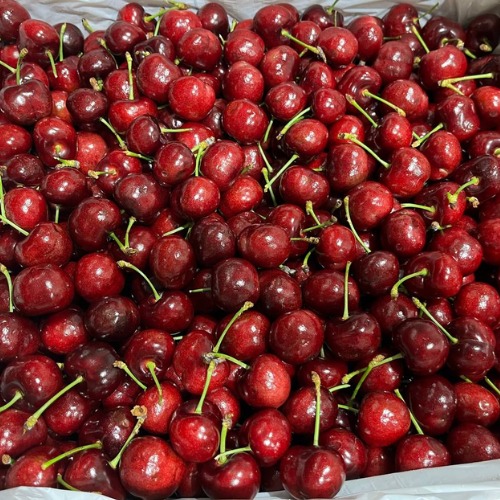If Peru wants to embark on large-scale cherry production, it must begin to understand the importance of selecting the most suitable area for its cultivation, as this fruit is highly sensitive to climatic factors, according to Marlene Ayala, agronomist and specialist in Fruit Production and Physiology at the Innovation Center of the Catholic University of Chile.
"One of the key aspects for cherry cultivation is the correct choice of the agroclimatic zone. Cherries are delicate fruits that require winter chill, ideally accumulating temperatures between 4 and 7 degrees Celsius, and then warmth in spring for blossoming and fruit development."
"Therefore, one must seek an area with mild climate, no rain during blossoming, no hail, no frost, and few cloudy days. Regarding the soil, a relatively deep, aerated, and fertile soil is necessary," noted the expert.
The specialist indicated that cherry crops require winter chill. Depending on the variety, she said, between 500 and 1,500 chill hours may be needed. Subsequently, during the blossoming to harvest phase, warmth is required, accumulating, depending on the variety, between 450 and 700 degree days.
"It needs a mild spring, with temperatures between 18 and 24 degrees Celsius and no climatic incidents. If we don't prioritize the climate, we will face production losses such as double fruits, fruit damage, cracking, fruit dehydration, and lower yield," she added.
Equally important is understanding the genetics of the fruit, which will determine yields, quality, plantation precocity, and post-harvest fruit life. "In cherries, it's crucial to have fruits with good post-harvest life because markets are distant unless air transport is used for exports," she observed.
She added that understanding cherry genetics will allow Peruvian producers to select the most suitable varieties for the country's climatic conditions. "That's why I say the choice of technological package (for cherry development in Peru) depends on you. It cannot be just a copy-paste (of success stories from other countries). In Chile, for example, we have few varieties that work for us," she noted.
Source: Agraria.pe
Image: Agraria.pe
Cherry Times - All rights reserved










